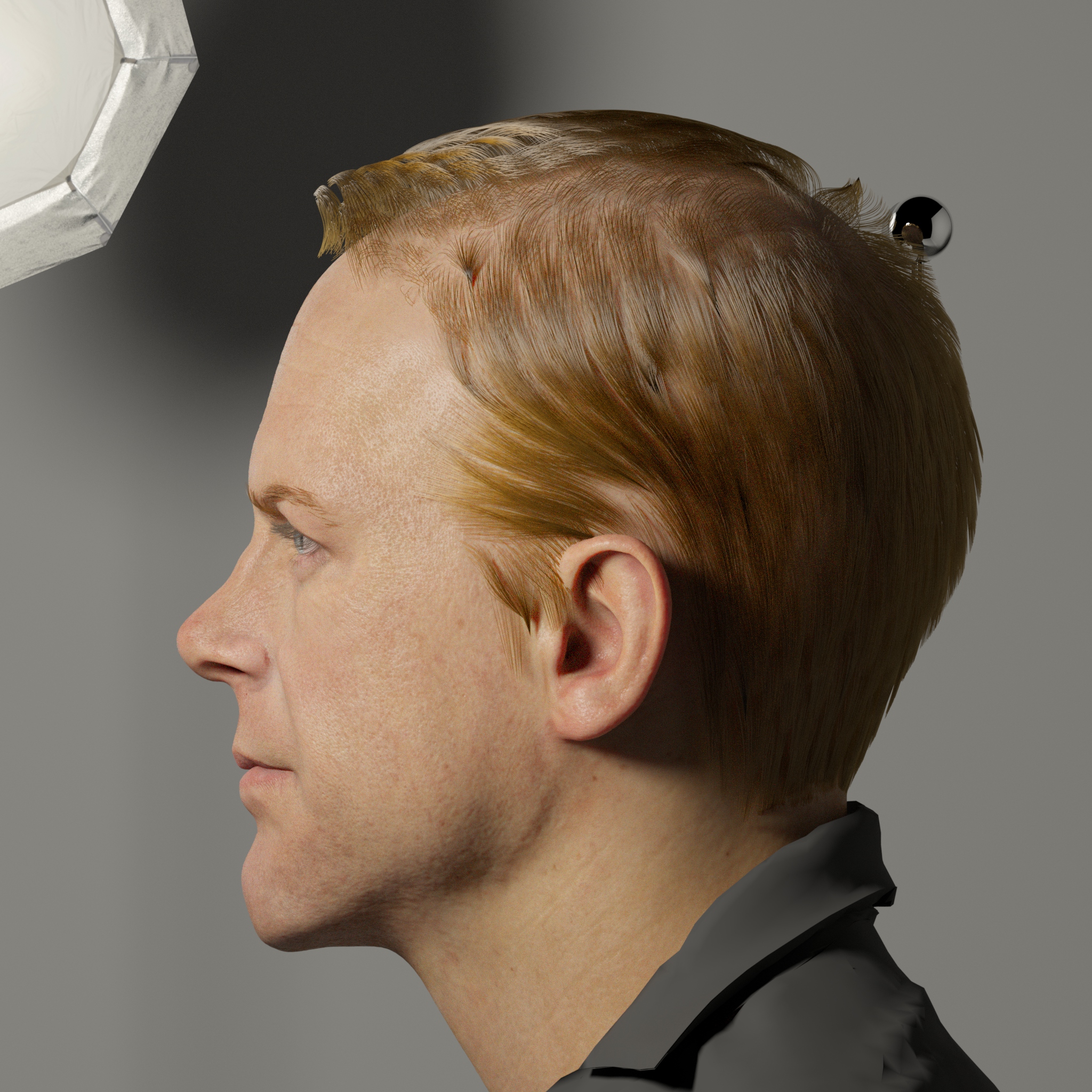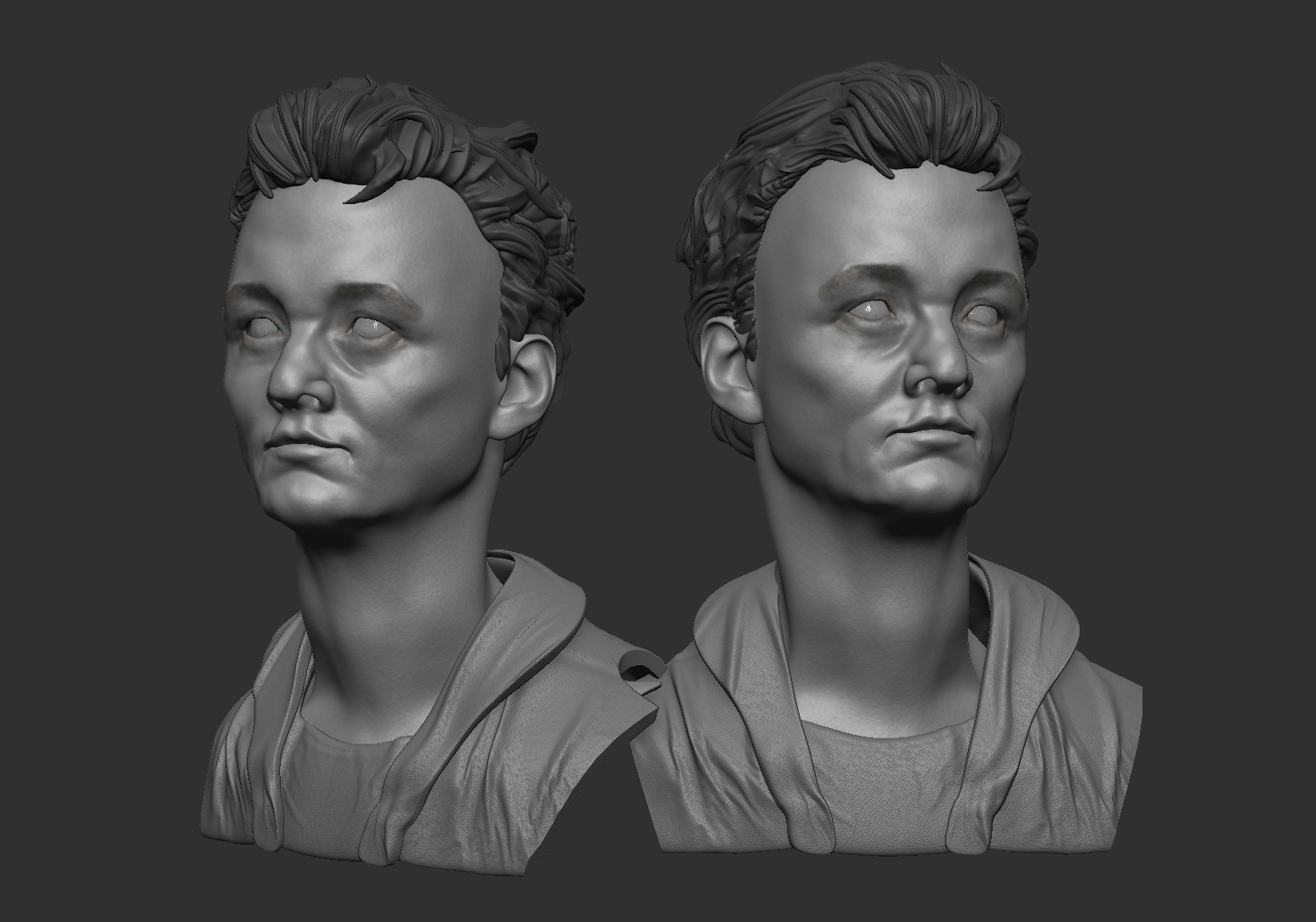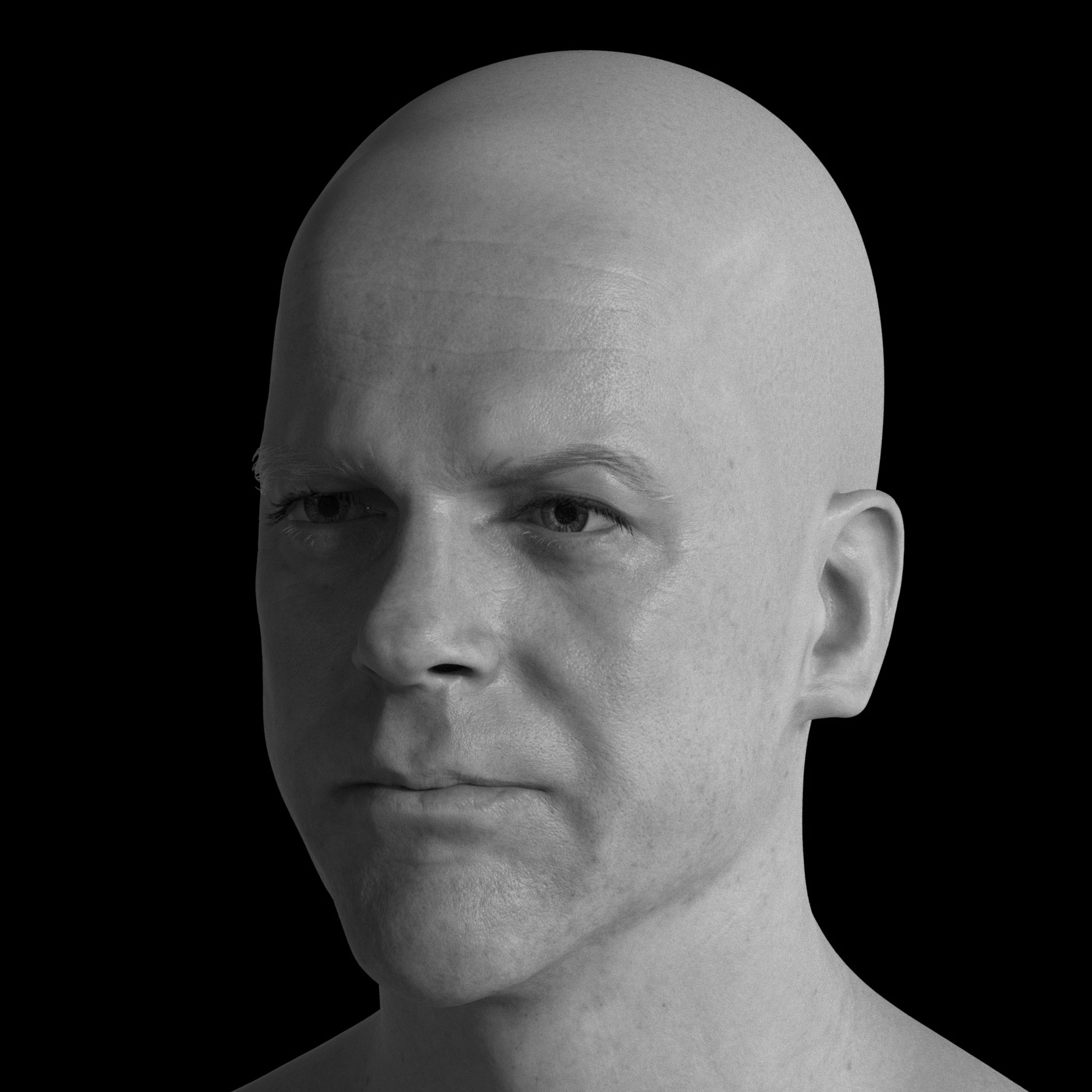
Likeness and Similarity Studies
- 4 minsHow I Approach Likeness Studies
O ne of the aspects that fascinates me the most in digital sculpting is creating faces that resemble famous people.
Like many others, I started by following courses, drawing inspiration from other artists, and experimenting with different approaches until I developed my own personal method.
It’s not a strictly replicable process since every artist has their own way of tackling such a project, influenced by their experience and personal inclinations.

The Initial Approach
At first, I tried to follow recommended techniques, attempting to emulate the style and workflow of other sculptors.
However, over time, I realized that some steps needed to be adapted to my own needs.
An example? I preferred – and still partly prefer – to start from a sphere. This gave me maximum control over proportions and initial shapes, allowing me to identify key points of the face early on, relying on observation and my brain’s interpretation.
This approach works well for artists with a strong academic foundation, who know how to minimize errors thanks to their experience.
For me, however, it was more complicated: lacking a traditional artistic education, I often ended up generating approximate basemeshes with a high margin of error.
Additionally, my way of working does not involve long, continuous sessions.
I can’t sit in front of the computer for hours sculpting without breaks.
Instead, I alternate short 10-15 minute sessions with pauses, during which I do other things before returning to work for a few more minutes.
This prevents me from entering the so-called flow, that state of absolute concentration that some compare to kime in karate.
For this reason, over time, I had to find a method that suited me better.
The Solution: Likeness Studies
The solution was to start my likeness studies from an already well-defined base with correct proportions.
This way, I can focus directly on the details that make a face recognizable.
I have also learned to reduce the number of references: I rely on a maximum of three photos, selecting one main image to capture the subject’s expression.
Over time, I have realized that the key to a good likeness study is not just the facial structure but also the arrangement and tension of facial muscles.
If these do not match the pose in the reference photo, the result may look unnatural.

Techniques and Tools
From a technical standpoint, I have developed some tricks that help me achieve more precise results.
In ZBrush
- I immediately set the camera focal length between 85 and 115, depending on the main reference photo.
- Many actor portraits on GettyImages are taken with similar lenses, so this helps maintain correct proportions.
- I use Spotlight to project the image onto the basemesh and gradually adjust it.
- I focus on one side of the face: symmetry makes it nearly impossible to perfectly align both sides, and insisting on this can only lead to frustration.
In Blender
- I alternate with Blender, which offers a significant advantage:
- The camera is real and better respects perception conditions.
- The mesh must be properly scaled so that brushes react correctly.
Conclusion
Over time, I have understood that likeness is not just about correct proportions or anatomical details.
It’s a combination of factors, from expression to muscle structure, from perspective to the use of the right tools.
Working in a fragmented manner, I had to find strategies to maintain an acceptable level of precision, reducing errors and optimizing each stage of the process.
And it is precisely this journey of experimentation and adaptation that has made my method increasingly effective.
```
